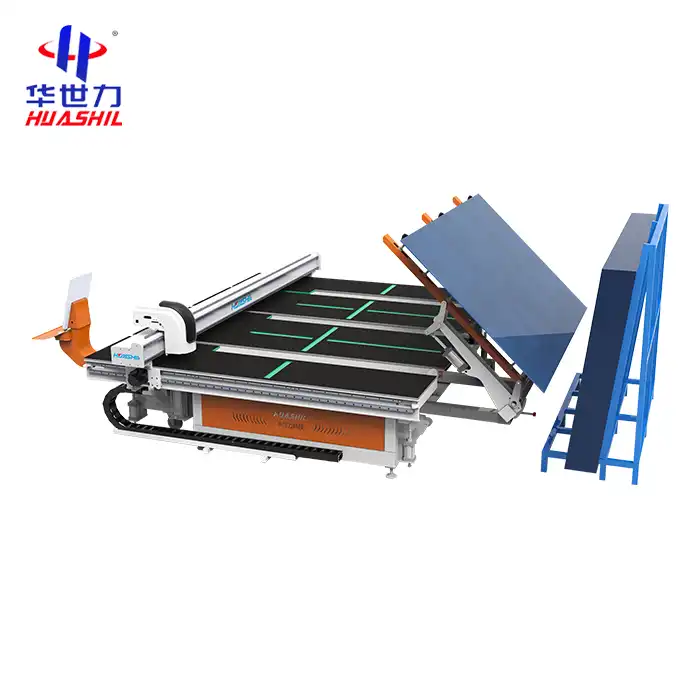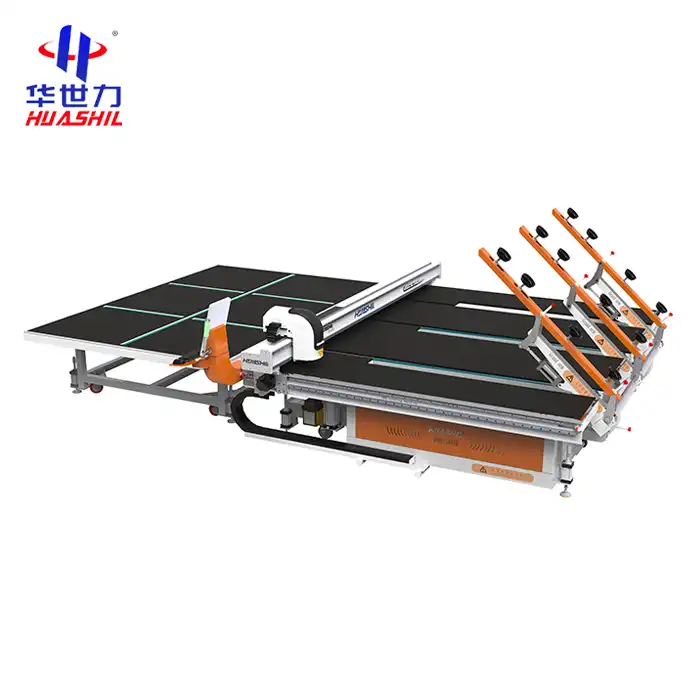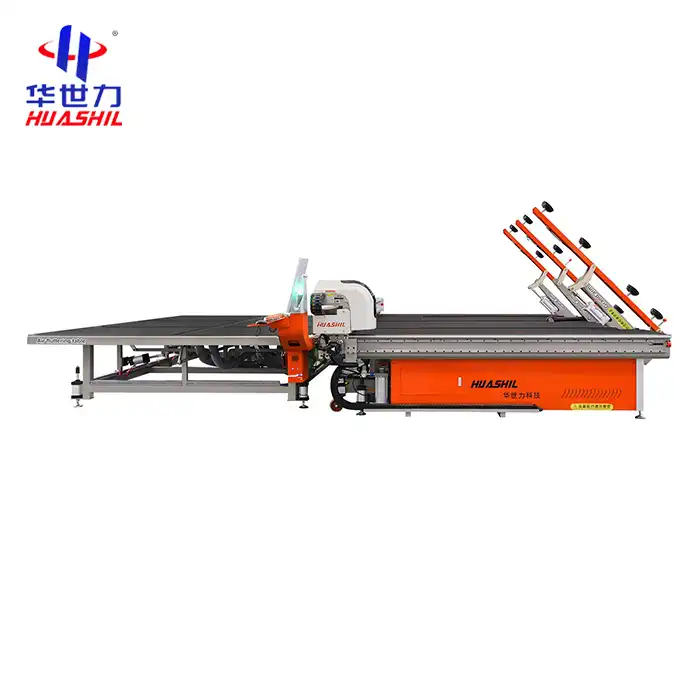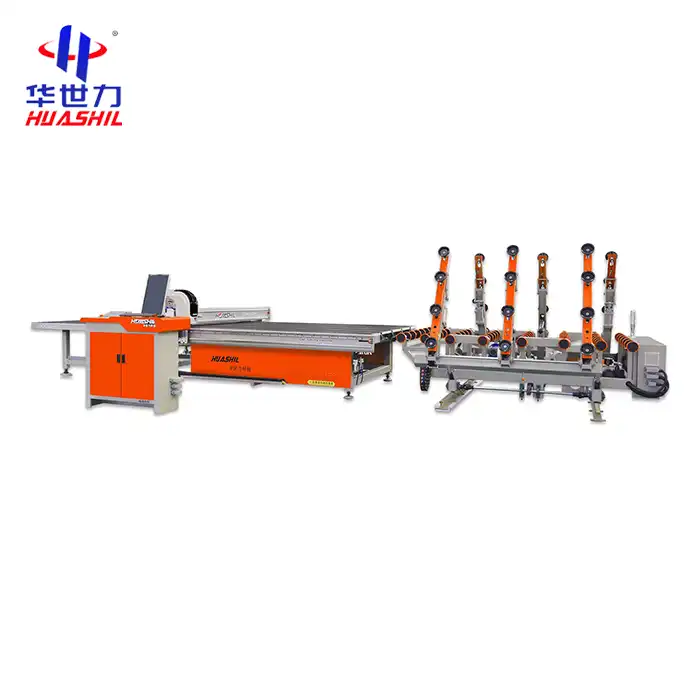- English
- French
- German
- Portuguese
- Spanish
- Russian
- Japanese
- Korean
- Arabic
- Greek
- German
- Turkish
- Italian
- Danish
- Romanian
- Indonesian
- Czech
- Afrikaans
- Swedish
- Polish
- Basque
- Catalan
- Esperanto
- Hindi
- Lao
- Albanian
- Amharic
- Armenian
- Azerbaijani
- Belarusian
- Bengali
- Bosnian
- Bulgarian
- Cebuano
- Chichewa
- Corsican
- Croatian
- Dutch
- Estonian
- Filipino
- Finnish
- Frisian
- Galician
- Georgian
- Gujarati
- Haitian
- Hausa
- Hawaiian
- Hebrew
- Hmong
- Hungarian
- Icelandic
- Igbo
- Javanese
- Kannada
- Kazakh
- Khmer
- Kurdish
- Kyrgyz
- Latin
- Latvian
- Lithuanian
- Luxembou..
- Macedonian
- Malagasy
- Malay
- Malayalam
- Maltese
- Maori
- Marathi
- Mongolian
- Burmese
- Nepali
- Norwegian
- Pashto
- Persian
- Punjabi
- Serbian
- Sesotho
- Sinhala
- Slovak
- Slovenian
- Somali
- Samoan
- Scots Gaelic
- Shona
- Sindhi
- Sundanese
- Swahili
- Tajik
- Tamil
- Telugu
- Thai
- Ukrainian
- Urdu
- Uzbek
- Vietnamese
- Welsh
- Xhosa
- Yiddish
- Yoruba
- Zulu
Revolutionize Your Glass Manufacturing with Cutting-Edge Glass Deep Cutting Machines
In today's competitive manufacturing landscape, the glass industry is witnessing a remarkable transformation driven by technological advancement. Glass deep cutting machines represent the pinnacle of this evolution, offering unprecedented precision, efficiency, and automation capabilities that are reshaping production processes worldwide. As manufacturers face increasing pressure to optimize operations and reduce costs while maintaining superior quality standards, these advanced systems have become essential tools in modern glass fabrication facilities. The integration of smart technologies and Industry 4.0 principles has elevated glass cutting from a basic mechanical process to a sophisticated, data-driven operation that delivers consistent, high-quality results while minimizing waste and operational costs.
What Are the Key Benefits of Automated Glass Deep Cutting Technology?
The integration of automated glass deep cutting technology marks a significant leap forward in manufacturing efficiency and precision. Modern glass cutting systems incorporate sophisticated software algorithms and precise mechanical controls that dramatically reduce waste while improving cut quality. These systems utilize advanced sensing technologies to optimize cutting patterns and pressure distribution, ensuring consistent results across various glass thicknesses and compositions. The automation capabilities extend beyond basic cutting operations to include material handling, reducing labor costs and workplace injuries while increasing throughput.
The implementation of automated cutting solutions has shown to reduce production costs by up to 30% while increasing output quality by as much as 40% compared to traditional methods. This remarkable improvement is achieved through various technological innovations, including real-time pressure adjustment systems that automatically compensate for variations in glass thickness and composition. Advanced optical recognition systems can detect and adjust for minor imperfections in the glass, ensuring optimal cutting paths that maximize material utilization while maintaining strict quality standards.
Furthermore, these automated systems contribute significantly to workplace safety by minimizing human interaction with hazardous materials and sharp edges. The integration of safety features such as emergency stop systems, light curtains, and automated waste removal systems has resulted in a substantial reduction in workplace accidents, with some facilities reporting up to 75% fewer incidents after implementing automated cutting solutions.

How Does Glass Deep Cutting Machine Technology Impact Production Efficiency?
The impact of glass deep cutting machine technology on production efficiency is transformative and far-reaching. These machines utilize advanced optimization software that calculates the most efficient cutting patterns, minimizing waste and maximizing material utilization. The integration of artificial intelligence and machine learning algorithms enables real-time adjustments to cutting parameters, ensuring optimal performance regardless of glass type or environmental conditions.
Modern systems can process multiple sheets simultaneously, dramatically reducing cycle times and increasing throughput. The automation of loading and unloading operations eliminates bottlenecks in the production line, while sophisticated edge detection systems ensure precise alignment and consistent quality. Recent industry data indicates that facilities implementing these advanced systems have experienced productivity gains of up to 65% in certain applications, with average improvement rates consistently exceeding 40% across various production scenarios.
The implementation of IoT sensors throughout the cutting system provides real-time monitoring of critical parameters such as cutting pressure, wheel wear, and environmental conditions. This data is continuously analyzed to optimize cutting parameters and predict maintenance requirements, resulting in improved uptime and reduced operational costs. Machine learning algorithms analyze historical production data to identify patterns and optimize cutting sequences, leading to continuous improvement in efficiency and material utilization.
Additionally, these systems provide comprehensive production analytics that enable manufacturers to identify and address inefficiencies in their processes. Advanced reporting capabilities generate detailed insights into key performance indicators such as material utilization rates, cutting speed optimization, and quality metrics. This data-driven approach to process optimization has enabled manufacturers to achieve remarkable improvements in overall equipment effectiveness (OEE), with some facilities reporting increases from 65% to over 85% after implementing advanced cutting systems.

What Features Should You Look for in a Modern Glass Deep Cutting Machine?
When evaluating glass deep cutting machines, several critical features distinguish premium solutions from basic offerings. Advanced systems should incorporate multi-axis control systems that enable complex cutting patterns and optimal material utilization. The integration of automated pressure control systems ensures consistent cut quality across varying glass thicknesses, while sophisticated edge detection technology guarantees precise alignment and dimensional accuracy.
Modern machines should feature intuitive user interfaces that simplify operation and programming, reducing training requirements and operator errors. Touch-screen controls with graphical representations of cutting patterns and real-time process monitoring capabilities enable operators to quickly identify and resolve issues before they impact production quality. Advanced simulation capabilities allow operators to validate cutting programs offline, reducing the risk of costly errors and material waste.
The implementation of predictive maintenance capabilities and remote monitoring systems helps minimize downtime and ensure optimal performance. Cloud-based monitoring solutions enable remote diagnostics and troubleshooting, reducing service response times and enabling proactive maintenance scheduling. Integration capabilities with existing manufacturing execution systems (MES) and enterprise resource planning (ERP) solutions are becoming increasingly important for Industry 4.0 compliance, allowing seamless data exchange and production planning optimization.
Leading Innovation: Shandong Huashil Automation Technology's Advanced Solutions
At the forefront of glass processing innovation, Shandong Huashil Automation Technology Co., Ltd. has developed the HSL-YTJ3829 glass deep cutting machine, which exemplifies the perfect blend of precision engineering and advanced automation. This state-of-the-art system accommodates glass sheets up to 3660*2800mm with cutting capabilities for thickness ranges of 2-19mm, all within a compact footprint of 5780*4925mm. The machine integrates the sophisticated Optima optimization software, enabling maximum material utilization and cutting efficiency.
The HSL-YTJ3829 represents the culmination of years of research and development, incorporating advanced features such as automatic loading, pressure control, and edge finding systems, complemented by an advanced air flotation system and synchronized belt conveying mechanism. The precision-engineered cutting head utilizes advanced materials and innovative design principles to achieve exceptional cut quality while extending tool life. The system's comprehensive safety features include automated emergency stop systems, light curtains, and advanced sensor arrays that ensure operator safety without compromising productivity.

Company Excellence: Shandong Huashil's Market Leadership
Shandong Huashil Automation Technology Co., Ltd. stands as a beacon of innovation and excellence in the glass processing industry. Based in the Industrial Park of Rizhao High-tech Zone, Shandong Province, the company has established itself as a comprehensive solution provider, integrating research and development, manufacturing, sales, and technical services. Their state-of-the-art facilities produce over 1,000 units of intelligent glass equipment annually, serving more than 5,000 domestic customers and extending their reach to over 80 countries worldwide.
As a recognized "National High-tech Enterprise" and "Province of Specialization and New Enterprise," Huashil's commitment to technological innovation and quality excellence is evident in their extensive product portfolio and numerous national patents. Their ISO9001 certification further underscores their dedication to maintaining the highest standards of quality management. The company's research and development team continuously works on advancing cutting technology, with recent innovations focusing on enhanced automation capabilities, improved energy efficiency, and reduced environmental impact.
Looking ahead, Huashil will continue to focus on technological innovation, improve product quality, and strengthen its market competitiveness while promoting the sustainable development of the industry and contributing to a better living space for humanity. The company's commitment to sustainable manufacturing practices and continuous improvement has positioned them as a trusted partner for glass manufacturers worldwide. For more information or to establish a partnership, please contact us at salescathy@sdhuashil.com.
References
1. Glass Industry Technology Review. (2024). "Advances in Automated Glass Processing Systems."
2. Journal of Manufacturing Technology. (2023). "Impact of Industry 4.0 on Glass Manufacturing."
3. International Glass Processing Quarterly. (2023). "Optimization Techniques in Modern Glass Cutting."
4. Manufacturing Automation Monthly. (2024). "Energy Efficiency in Glass Processing Equipment."
5. Industrial Technology Review. (2023). "Quality Control Systems in Glass Manufacturing."
6. Glass Processing Safety Standards. (2024). "Safety Innovations in Glass Cutting Technology."
7. Advanced Materials Processing. (2023). "Material Handling Automation in Glass Industry."
8. Smart Manufacturing Digest. (2024). "AI Applications in Glass Processing."
9. Equipment Technology Review. (2023). "Sustainable Practices in Glass Manufacturing."
10. Industrial Automation Journal. (2024). "Future Trends in Glass Processing Equipment."
Learn about our latest products and discounts through SMS or email



